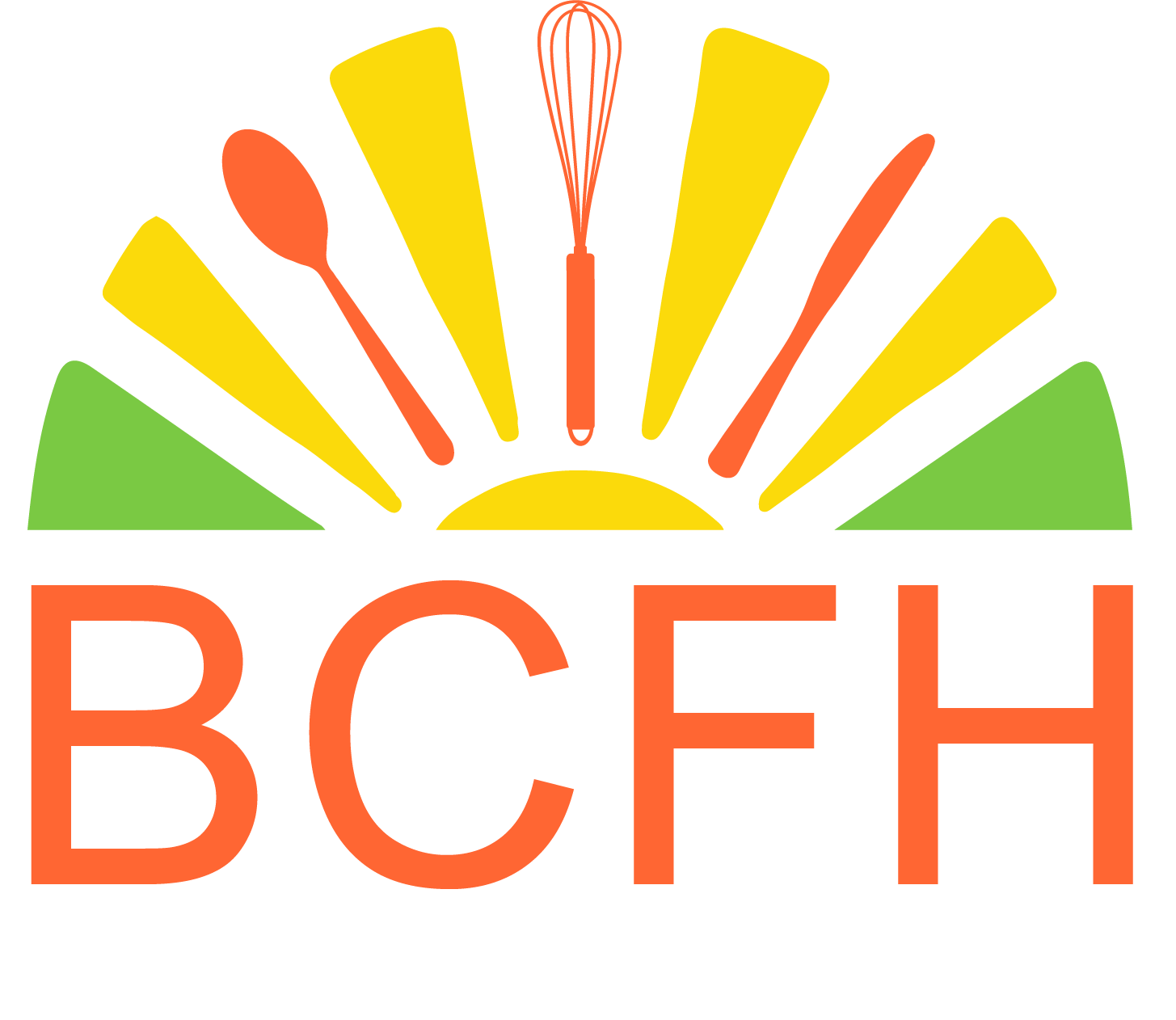Quinoa, Trendy Ancient Grain
By Linda Peterat, BC Food History Network
For the past decade, quinoa has been trendy because it is gluten-free, easy to grow, and nutrient-dense; all factors that make it one of the most consumed grains in the world today. It dates back at least three to four thousand years in the Andean region of the world but only recently figures prominently in soups, salads, and other dishes in British Columbia.
While reading an issue of The British Columbian (February 3, 1866) I was surprised to find an article on Quinoa. In 1866, British Columbia was still The Colony of British Columbia, the Cariboo Wagon Road was brand new, and there was a constant concern about getting sufficient food to the miners and settlers moving into the northern areas. The colonial government encouraged local agriculture. The short article is worth reprinting in its entirety to see the arguments being made and the plant knowledge available at the time.
*****
QUINOA
Mr. Cormack, Secretary of the Agricultural Association of British Columbia, has lately received from His Excellency Governor Seymour[1] a fine sample of seeds of the above plant. The Governor considers that the Cariboo country would be suitable for the growth of the Quinoa – similarity of climatic and other conditions with its habitat – the cordilleras naturally favour this opinion. This plant in its nutritiousness and spontaneity of production would seem to be to the human family in Peru what the famous bunch grass is to the stock-feeding animals in our upper country. In proof of its importance as an article of human feed we quote the following description of it from Johnston’s Chemistry of Common Life:
QUINOA (Chenopodium Quinoa) a variety of grain scarcely known in this country, [i.e. Great Britain] is the Quinoa, a small roundish seed, which is extensively cultivated and consumed on the high tablelands of Chile and Peru. There are two varieties of it – the sweet and the bitter – and both grow at elevations rising to 13,000 feet above the level of the sea, where both rye and barley refuse to ripen. It is still the principal food of the many thousands of people who occupy these high lands, and before the introduction of European grains by the Spaniards, is said to have formed the chief nourishment of the Peruvian nation. It is very nutritious, and in its composition approaches very nearly to that of oatmeal. Thus, the flour or meal of the oat and this quinoa consist respectively of –
Oatmeal Quinoa flour
Water 14 16
Gluten 18 19
Fat 6 5
Starch 62 60
100 100
A grain so nutritious as this is a very precious gift to the inhabitants of the elevated regions of the Andes. Without it, these lofty plains could only be pastures for cattle, like the summer pastures among the valleys of the Alps.[2]
We may further state that the Botanical family, the Chenopodiaceae of which the C. Quinoa is a member is, according to Hooker (Brit. Flora) a very useful family of plants, yielding oils and other valuable commercial products. His Excellency’s contribution is significant of the warm interest he takes in the Colony, and should the culture of Quinoa prove a success, he will be rewarded in the self-satisfaction of having been the primary means of enriching the more inaccessible districts of the Colony with that greatest of all blessings, an abundance of human food.
Mr. Cormack has placed a sample of the seeds in the New Westminster Library, and an illustration of the plant may be seen in the 1st volume, page 104 of the Chemical work above quoted, which work is also in the library.
Gentlemen in the Interior desiring a sample of this seed can obtain it by signifying their desire to the Honorable Secretary.
*****
This news story made me wonder if any quinoa is grown today in British Columbia. A quick email to the BC Grain Producers Association yielded the response that they did not know of anyone growing quinoa. It seems Canada is an importer but has five provinces (Quebec, Ontario, Manitoba, Saskatchewan, and Alberta) growing some. If you know of anyone growing quinoa in British Columbia, send us a comment below.
While quinoa fits well into gluten-free, plant-based diets, its nutrient makeup makes it worthy of a place in all diets. It is rich in B vitamins, iron, magnesium, and zinc, and high in fiber and protein.
Overall, quinoa is a worthy plant whose time has finally (maybe) come in British Columbia!
[1] Frederick Seymour was born in Belfast in 1820. He began a career in the colonial service in 1842 and was named Governor of the Colony of British Columbia in 1864. In 1866 when the Colony of British Columbia was united with the Colony of Vancouver Island, Seymour governed the new united colony. He travelled extensively throughout BC. Not a healthy man, he died in 1869 and was buried in the naval cemetery in Esquimalt.
[2] Johnston, J.F.W. (1855). The Chemistry of Common Life, Volume 1. London: Blackwood & Son. Accessed at archive.org.

